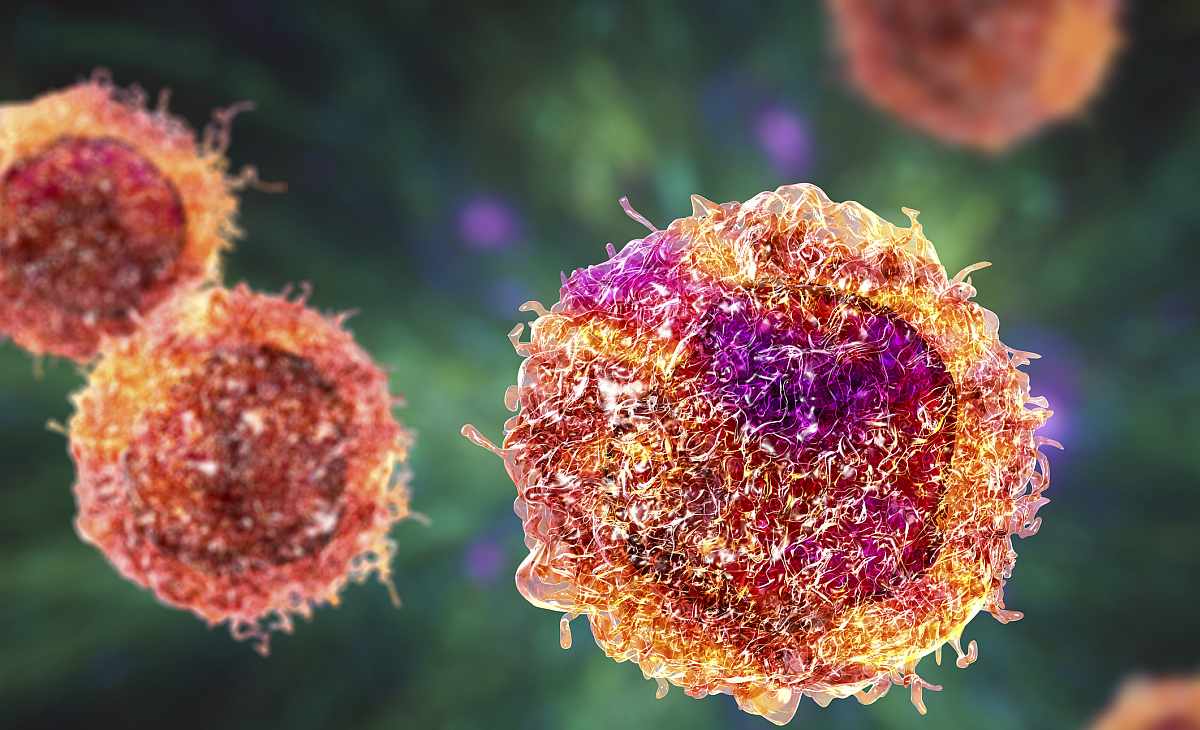Modelling is a term that is well known by scientists but has only recently been making headlines. So what does it actually mean? What does it do? And why has it become so prevalent during COVID-19? In this briefing, epidemiologists explain the use and application of modelling within the coronavirus pandemic.
This resource is designed to answer students’ questions surrounding mathematical – and epidemiological – modelling. The supporting questions are mapped to the Year 8-10 Biology and Science as a Human Endeavour curricula however the article and video are useful to all STEM students.
Word Count / Video Length: 1433 / 13:00 mins
Professor Jodie McVernon, from Doherty Epidemiology, and Professor Tony Blakely, from the Melbourne School of Population and Global Health, provided a comprehensive overview of their work and the broader application of epidemiological modelling during COVID-19.
The session was hosted by the Lead Scientist of the Royal Institution of Australia, Professor Alan Duffy.
Key terms
- Model – A mathematical model uses mathematical concepts, language and tools – for example spreadsheets – to describe a system or phenomenon. Mathematical models are widely used in most core scientific disciplines and in social sciences. For instance, astrophysicists might model the energy output of a distant star; economists might model the impact on a nation’s economy of an interest rate rise or fall.
- Epidemiology – Epidemiology is the systematic, scientific study of how often and where health-related states and events (not only diseases) occur, and what causes them, in defined populations (for instance, a suburb, town, school, city, country or throughout the world).
- Data for good – Data for good began several years ago as a social media movement to highlight how data science could be used to help address a range of humanitarian issues – rather than, for instance, commercial or military applications. Today there are several loosely aligned, collaborative networks of data scientists working to use data to better peoples’ lives.
What is a model?
Mathematical models can be simple or very complex. At essence, they’re used to assist people to think clearly and guide them to the best decision.
An example of a simple model is using an Excel spreadsheet to calculate how much you’d need to save over a year in order to take a holiday.
An epidemiological model is much more complex. It uses multiple sets of data about such things as disease, people, places and human behaviour as a way of writing a system down in order to understand how it works, and what might happen in particular circumstances.
Models have been used in many ways to support the decisions that have been made during Australia’s response to COVID-19. They’ve been used to make predictions – for instance, the effect on employment of a lockdown. They’re also used to think about whether the response strategy is meeting, or is likely to meet, its objectives: are enough people being tested? What will be the impact of a border closing, or opening?
What are some examples?
Modelling is used across a huge variety of fields. From economics where it’s used to calculate the growth of a country, to the environment, with applications in predicting the volume of carbon emissions in a number of years. It even has uses in astrobiology where it can be used to calculate the likelihood of life beyond Earth. Almost every scientific decision or prediction that is made is based on a mathematical model.
One of the main fields of modelling which has been thrust into the spotlight is epidemiology. People from many different fields design models to predict impacts of diseases and other health factors. Examples include the health gain of a lockdown, the cost on the economy, how many people will get the disease and the fatality rate.
All these models require many skill sets to come together – numeracy, organisation, logical thinking and communication – resulting in reliable, accurate and easy to understand models.
“I think we need to understand that … models are used to analyse data,” explains Professor Jodie McVernon, “they are used to look backwards, they are used to simulate uncertain futures to think about them. And then they are used to assess the situation to forecast and those are different uses of modelling.”
As in all reliable scientific investigations, modelling is often carried out by multiple organisations to compare the results. The organisations are provided with the same input data but will use their own techniques (model structures) to model the event.
At the beginning of the COVID-19 pandemic, mathematical modellers were brought in from all different fields to work on a range of aspects around the pandemic. These models were often being applied in new ways that differed from their original design application.
For McVernon, Australian COVID-19 forecasts were adapted from influenza models and updated thanks to information sharing. These strategies were used to manage infectious disease and relied heavily on constant communication and updates with close consideration of the capacity of Australia’s health system.
This was incredibly influential to the policies implemented in those first four months, especially because of how little data was available.
Professor Tony Blakely’s experience was completely different, as his previous work was with non-transmissible disease and the models were geared towards elimination as opposed to management. That coincidentally became relevant in Victoria.
“It just so happened that this model was fit for purpose at working how to come off a wave and achieve elimination, because that’s one of our interests as academics,” he said. “So we became more relevant to policymakers as the pandemic moved on from a very different starting point of Jodie.”
How have they been used throughout the COVID-19 pandemic?
When SARS-COV-2 was spreading in early 2020, the World Health Organisation started gathering informal networks of modellers to collect information about COVID. Because COVID was a completely new – “novel” – disease, the early models they used for it were developed from those built for pandemic flu. As data about COVID grew, the mathematical models used for it became more sophisticated.
Throughout 2020, models were used to consider such things as the growth rate of COVID and its rate of spread through communities; whether or not health-care systems (hospitals and clinics) had enough resources to cope with the predicted number of patients; estimates of the severity of the disease (how many people might need intensive care treatment in hospital, how many might die).
The Australian government and various state governments used information from models to help make decisions about what to do.
The Western Australia and Northern Territory governments both moved quickly to quarantine places – such as the Kimberley and Arnhem Land – that had large populations of Indigenous Australians, because it was feared they might be more susceptible to the disease.
The Tasmanian government decided very early in the crisis, on 19 March 2020, to close its borders to international travellers and to make all travellers coming from interstate to quarantine for 14 days after arrival. Tasmania’s population is generally older and in poorer health than people in other states, and its health care system isn’t as robust as those of larger Australian states.
Later in 2020, models had evolved to become quite sophisticated. The Victorian government used modelling to help with their planning to get out of the severe “second wave” of COVID the state had experienced, which had prompted one of the world’s longest COVID lockdowns.
Models were also used to consider COVID’s impact on such things as employment and state and national economies and on the supply of goods and services.
How do they impact on society?
Because COVID-19 is a global issue, we are able to see how different countries have responded, and the outcome of their response. For instance, national governments in the United States and the United Kingdom were receiving exactly the same advice from modellers as the governments of Australia and New Zealand. But the decisions made and outcomes for people have been very different in each of these places; interpretations of – or actions following – models can be very different.
Another example is engineers and town planners using models to work out the best solutions for transport in a big city – whether to build more roads, or more public transport, or more bicycle paths, or something else. A model allows them to balance and consider many things: speed and cost of construction, public safety, environmental impact, and future requirements given population growth (or decline). The final decision can affect the shape of a city, its air quality and its population for decades.
Models continue to be necessary
Scientists, economists and others have used models for many years to inform knowledge about a huge variety of things. It could be something that can’t be physically measured, such as a distant star, or something that needs to be considered for community planning, such as what might be needed for a growing population, or in the event of a natural disaster.
COVID-19 has greatly increased public awareness of modelling and demonstrated that science can provide better information for governments to make critical decisions about matters that may be as big as population-wide. Many mathematical modellers believe that a key lesson of COVID-19 is that modelling will be much more common in the future as a tool to create public policy.
Watch the full interview “What is Epidemiological Modelling” here.
Login or Sign up for FREE to download a copy of the full teacher resource





